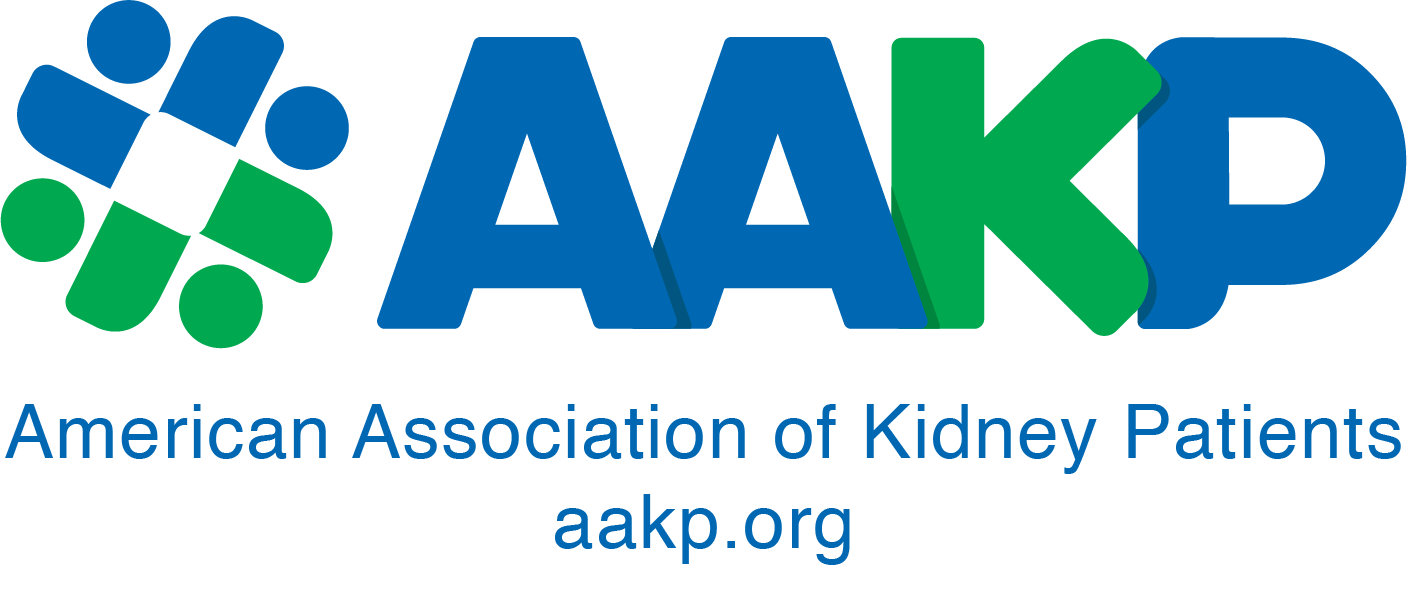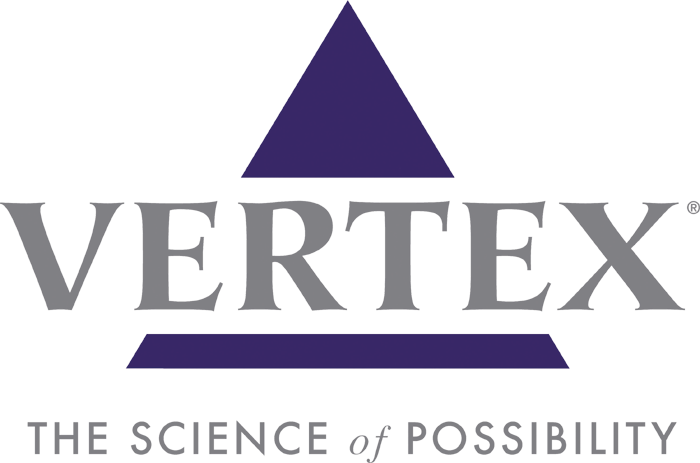The Dialysis Five Star Program is a new, forced ranking rating system developed by the Centers for Medicare and Medicaid Services (CMS), the agency of the Federal government that oversees providers of dialysis services. The system was announced last year by CMS and scheduled for implementation in 2015 with very little prior notice or substantive input from patient organizations or providers. This system assigns 1-5 stars to dialysis facilities by comparing the health of the patients in their clinics to the patients in other dialysis facilities across the country. The rating system uses hemodialysis and peritoneal dialysis facility-level patient outcomes for children and adults.
AAKP has been a consistent supporter of efforts to increase patient knowledge of quality services and transparency in dialysis care. However, AAKP, along with a coalition of other patient advocacy and health provider organizations, strongly objected to the lack of patient and stakeholder involvement in the development and rollout of the program. Last Fall, AAKP and other organizations asked for and were granted a meeting directly with the CMS Commissioner, Margaret Taverner, to voice our concerns about the lack of transparency and potential for patient and family confusion stemming from the rating system. In an era when consumers regularly make choices based on star ratings – such as those on Amazon, Yelp and others to choose products, home services, restaurants and bars – we found it unacceptable for CMS to simply announce a new rating system without educating patients, their families and even elected officials on how the system worked and what it should mean to dialysis patients. AAKP also voiced its strong concern about the system being used, in any form, to determine future potential Federal funding decisions regarding dialysis services unless CMS could validate the underlying data, key assumptions and ratings to the Congress and patient organizations.
CMS hopes the new rating system will help patients and family members make better use of the reported information about any given dialysis facility and help identify differences in quality between facilities so that patients and family members can make more informed choices about where to receive treatment. In addition to summarizing performance, star ratings can help dialysis facilities identify areas for improvement.
The ratings were determined based on publicly reported quality measures, including:
- KtV values, a measure which indicates whether enough waste was taken from a patient’s blood during dialysis;
- Rates of patients with AV Fistulas for vascular access
- Rates of patients dialyzing with intravenous catheters for longer than 90 days
- Standardized hospitalization rates
- Standardized mortality rates
- Rates of patients with high blood calcium levels; and
- Standardized transfusion ratios.
The dialysis five star rating system is a good idea in theory, but should be viewed as a “starting point” that will be altered and improved to better serve patients and their families as experience builds up. Currently, though, it doesn’t tell the complete story. It doesn’t take into account things like the cleanliness of a facility and the friendliness and attentiveness of the staff. Patients and family members often consider these issues important. Also, some areas of the country have healthier populations than others, which is one reason you may find some areas of the country have more four and five star facilities than others. In other words, comparisons between geographic areas where patients tend to be healthier with areas where patients are sicker may not help make good choices between facilities. As a result, this star rating has limitations, and patients and family members should not look at a lower rated facility as meaning it is a facility that necessarily delivers poor care.
Already 5,580 dialysis facilities have received a star rating. Of those, 565 were rated above average quality and received five stars. Another 545 facilities were rated much below average quality and received a one star. The other facilities fall within a “bell curve” designed by CMS. The bottom 10 percent receives one star. Those in the next 20 percent receive two stars, those in the middle 40 percent received three stars and those in the next 20 percent get two stars, while the top 10 percent receive five stars.
Given the way facilities are graded on a curve and ranked against one another nationwide, this results in the stars forming a bell shaped curve which GUARANTEES that about 30 percent of facilities will receive 1 and 2 stars, 40 percent of facilities will receive 3 stars and 30 percent will receive 4 or 5 stars. You might find it easier to compare this kind of rating system to a school test where 20 out of a 100 students MUST get an “F” or a “D” (also called marking an exam “on a curve”) no matter how many correct answers they have, if 80-90 percent of students answer more questions correctly. Grading on a curve GUARANTEES that SOME STUDENTS WILL FAIL even if they answer more than 60. percent of the questions correctly. Those students fail because teachers compare them to other students rather than being graded by their own performance. Their “own performance” means counting the number of correct answers compared to the total number of questions to determine grades for each student. For example, an “A = more than 90 out of a 100 questions answered correctly while an “F” = fewer than 60 questions out of 100 answered correctly. Grading on a curve means a student’s performance may be good, even very good, but they fail because their performance wasn’t as good as the other 80 percent of students. So, many dialysis facilities feel the rating system is unfair. You need to decide for yourself, considering the limitations and biases of this grading system. Many patient organizations, including AAKP, believe CMS’s rating system of dialysis centers needs to change and improve as more experience is gained. There are other things to consider when choosing a dialysis facility for your treatment besides the star rating system.
Other important things to consider include:
- How well the dialysis facility staff listens to you and addresses your needs
- How well you feel during and after dialysis
- If you have received clear and understandable advice from the staff in the dialysis facility like the dietitian,
- nurse, and social worker about what your role is in improving your own health
- Overall cleanliness of the facility
- Overall safety of the facility.
AAKP recommends that new patients or patients looking to temporarily receive dialysis in a new location:
Call the dialysis facility or go visit it.
Ask any questions you may have and decide if you were given easy to understand answers and how happy the
staff was to help you.
- If possible, in person or by phone, try to talk to multiple members of the care team including the dietitian,
- social worker, technicians and nurses.
- Ask how well the facility performs on the Medicare Quality Incentive Program score.
- Ask how patients participate in their own care.
- Talk to patients receiving care at the facility.
If you have any questions or concerns about the quality of care in a particular facility you may contact the End Stage Renal Disease Network (ESRD) in the region where the facility is located. You can find the ESRD Network by visiting http://www.esrdnetworks.org/. AAKP believes that the New Five Star Dialysis Rating System will need constant oversight by patients, patient advocacy groups and the United States Congress to make certain the program honors it’s original, stated intentions.























